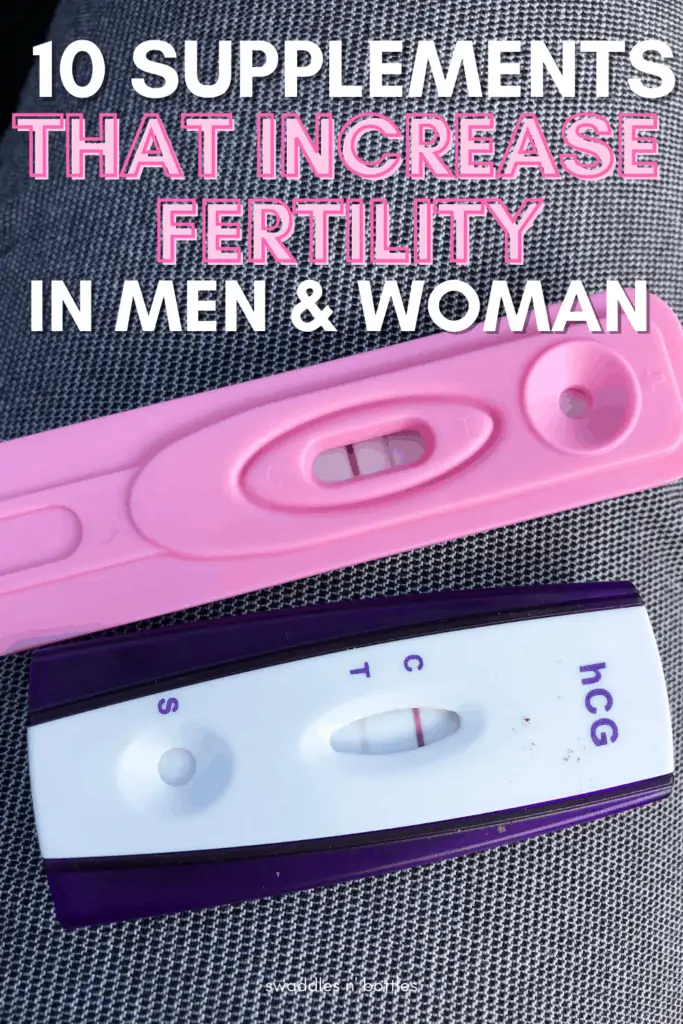
Implantation Bleeding: why it happens and when it is a concern
Implantation bleeding is common in early pregnancy. It occurs when a fertilized egg attaches to your uterus lining to start the pregnancy process. Research shows that the bleeding starts six days after conception.
However, in some cases, implantation bleeding can occur twelve days after conception. Many women confuse it with regular periods, which is most obviously the case when implantation bleeding occurs near the menstruation time.
Implantation bleeding is common in early pregnancy, and one study shows that it occurs in 25% of pregnancies. Studies show that implantation bleeding is the first sign of conception or pregnancy.
It is different from spotting that occurs during the menstrual cycle. Implantation bleeding is lighter and usually requires no treatment. However, you may need to consult your doctor if the bleeding is heavy and thick. Read on!
Why Implantation Bleeding Occurs?
Implantation bleeding is an early sign of pregnancy and occurs before the expected menstrual cycle. Research shows that the bleeding happens a few days before you perform a pregnancy test that will show positive on the strip. Fertilization involves attachment of sperm with the egg to form an embryo, and the implantation process usually starts with fertilization.
The embryo travels to the uterus through the fallopian tube. During the process, it multiplies and become a blastocyst, which contains multiple cells in a clustered form. The blastocyst searches for a suitable attachment place after reaching the uterus.
Usually, the blastocyst attaches itself to the uterus wall, and this is what we call implantation. As a result, the embryo now becomes reliant on your body for oxygen and nutrients. The bleeding occurs when the embryo travels to the uterus and causes tiny bursts in blood vessels.
The bleeding appears as light spotting or consistent blood flow, which requires you to use a pad. Research shows that the blood usually does not mix with cervical mucus. However, it varies from one from woman to woman. Depending on the duration of blood exiting your body, you may notice color changes.
For instance, if it is fresh implantation bleeding, it will appear light or dark red. When the blood mixes with other vaginal fluids, it will appear pink or orange. Moreover, oxidation may cause older blood to appear brown.
Signs of Implantation Bleeding
- Unusual colored discharge
- Very light bleeding
- Abdominal cramps and constipation
- Increased sense of smell and food aversions
- Dizziness and tiredness
- Headaches, nausea, and vomiting
- Tender or swollen breasts
- Increased basal body temperature
Difference between Implantation and Regular Period Bleeding
Menstrual bleeding lasts for 3-5 days, which is heavier in the start and light in the final days of the period. Implantation usually results in dark brown or black blood (older blood). However, it is sometimes pink, orange, and red in color. Implantation bleeding is not a consistent or heavy flow of blood. It is often not easy for women to differentiate between a regular period and implantation bleeding.
| Implantation Bleeding | Regular Period |
| Lasts for at least 24 hours at most 48 hours | Lasts 3-5 or 3-7 days with 2-3 days of red blood |
| Very light bleeding that appears pinkish, brown, or black | Heavy bleeding in the start and light bleeding in the final days |
| Mild uterine cramping | Severe cramping in the uterus and abdomen area |
Implantation Bleeding Complications
Health professionals consider all bleeding abnormal during pregnancy. Therefore, you must report it to your doctor or take action immediately. That way, you can undergo treatment on time and avoid complications.
A doctor usually performs a vaginal ultrasound to determine complications. Research highlights that bright red blood refers to active bleeding and could be a sign of ectopic pregnancy. Chances of miscarriage increase when there is active bleeding with pain.
Call your health provider if the bleeding occurs in the midnight and seems persistent. According to the American Pregnancy Association, every pregnant woman has a 15-20% chance of miscarriage. For instance, heavy bleeding with blood clots and severe abdominal cramping is the first sign of potential miscarriage.
If you have heavy bleeding, cramping, and dizziness, it is essential to undergo a pelvic ultrasound, beta HCG, and blood count tests. That way, your doctor will make the correct diagnosis and prescribe the proper treatment.
Final Words
Implantation bleeding is very common in early pregnancy. It occurs when the embryo travels to the uterus and bursts blood vessels on its way. The embryo travels to the uterus and attaches itself to the uterus lining to properly start the process of pregnancy. Although implantation bleeding is not a concern for many women, it is crucial to seek immediate medical treatment if anything seems unusual.


















